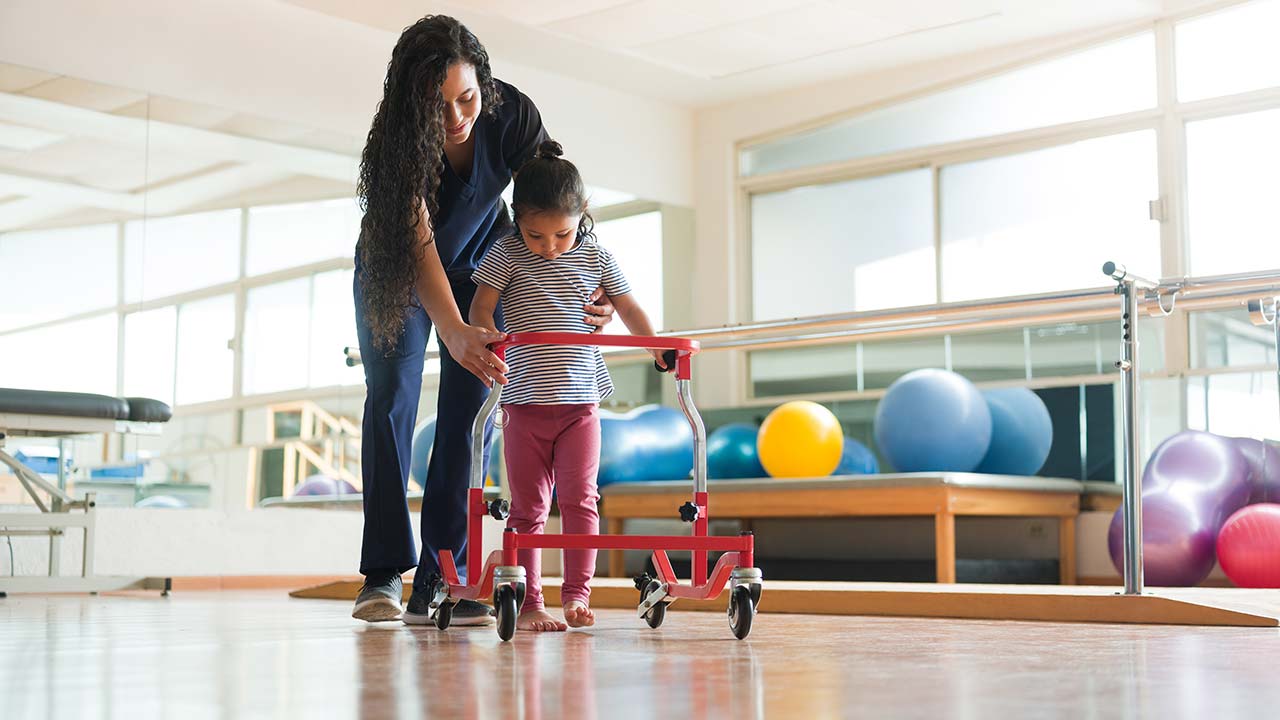
DiYES International School – Osteogenesis Imperfecta Affects Children in ways that are both challenging and life-altering. Commonly known as brittle bone disease, this condition causes bones to break easily, even with minimal force. Children with Osteogenesis Imperfecta (OI) often experience frequent fractures and are more prone to injuries. The severity of the disease can vary widely, with some children having mild symptoms while others face significant challenges. OI impacts not only physical health but also emotional well-being. The ongoing need for medical care, support, and adjustments to daily life can make growing up with OI particularly difficult. Understanding this condition is key to offering better support to those affected.
Osteogenesis Imperfecta is a genetic disorder that affects collagen production in the body. Collagen is a protein that provides structure and strength to bones, skin, and connective tissue. In OI, the body produces defective collagen, leading to fragile bones. This makes bones break more easily than in people without the condition. There are several types of Osteogenesis Imperfecta, ranging from mild to severe. The severity depends on the amount of functional collagen the body produces. Children with more severe forms may suffer from fractures even before birth. These fractures can occur with everyday activities like crawling, walking, or even sneezing.
“Read about: Early Signs of Bronchiolitis in Children: What Parents Need to Know”
There are several types of OI, with Type I being the most common and mild. Children with Type I often experience fractures but can lead fairly normal lives with proper care. Type II is the most severe form, often leading to death shortly after birth due to complications from bone deformities and fractures. Type III causes significant deformities in bones and can lead to severe mobility issues. Type IV falls between Type I and Type III, with moderate bone fragility and some physical limitations.
The symptoms of OI can vary based on the type but generally include frequent bone fractures, bone deformities, and short stature. Many children with OI also have hearing loss, brittle teeth, and joint problems. Skin may be more fragile, leading to easy bruising. Some children develop a blue tint in the whites of their eyes, which is a common sign of OI.
Children with Osteogenesis Imperfecta often experience delayed physical development. Due to frequent fractures, they may have limited mobility or be unable to walk until later in life. Some children may require assistive devices such as braces or wheelchairs for mobility. As they grow older, many children with OI develop scoliosis, a curvature of the spine, which can further hinder their ability to walk and perform daily activities.
Despite these challenges, with appropriate medical care and physical therapy, many children can still lead active and fulfilling lives. Strengthening muscles through exercise can help improve mobility and support bone structure. However, the need for constant medical supervision and precautionary measures often limits their independence.
While there is no cure for Osteogenesis Imperfecta, treatment focuses on managing symptoms and improving quality of life. Medications such as bisphosphonates are often prescribed to increase bone density and reduce the frequency of fractures. Surgery may be required to correct deformities or stabilize fractures. Physical therapy plays a crucial role in maintaining muscle strength and joint flexibility, helping children with OI to remain as active as possible.
Additionally, children with OI may need regular check-ups to monitor bone health, hearing, and vision. A team of specialists, including orthopedic surgeons, genetic counselors, and physical therapists, typically manage their care. This comprehensive approach ensures that children with OI receive the best support tailored to their individual needs.
“Read more: Overcoming Fitness Plateaus: Expert Tips for Continued Progress”
Living with Osteogenesis Imperfecta can also affect a child’s emotional and social development. Frequent hospital visits, fractures, and physical limitations can be mentally taxing. Children with OI may struggle with feelings of isolation or frustration, particularly as they notice differences between themselves and their peers. They may face bullying or discrimination due to their appearance or mobility issues.
It is important for families and caregivers to offer emotional support and encourage a positive self-image. Encouraging children to engage in social activities and hobbies can help build confidence and reduce feelings of isolation. Support groups and counseling can also provide valuable resources for children and their families, offering a safe space to share experiences and advice.
Despite the challenges, many children with Osteogenesis Imperfecta go on to lead meaningful and fulfilling lives. With the right medical care, physical therapy, and emotional support, they can pursue education, hobbies, and social activities. It is essential for parents, caregivers, and communities to recognize the strengths and resilience of these children. Fostering an inclusive environment can make a significant difference in their quality of life.